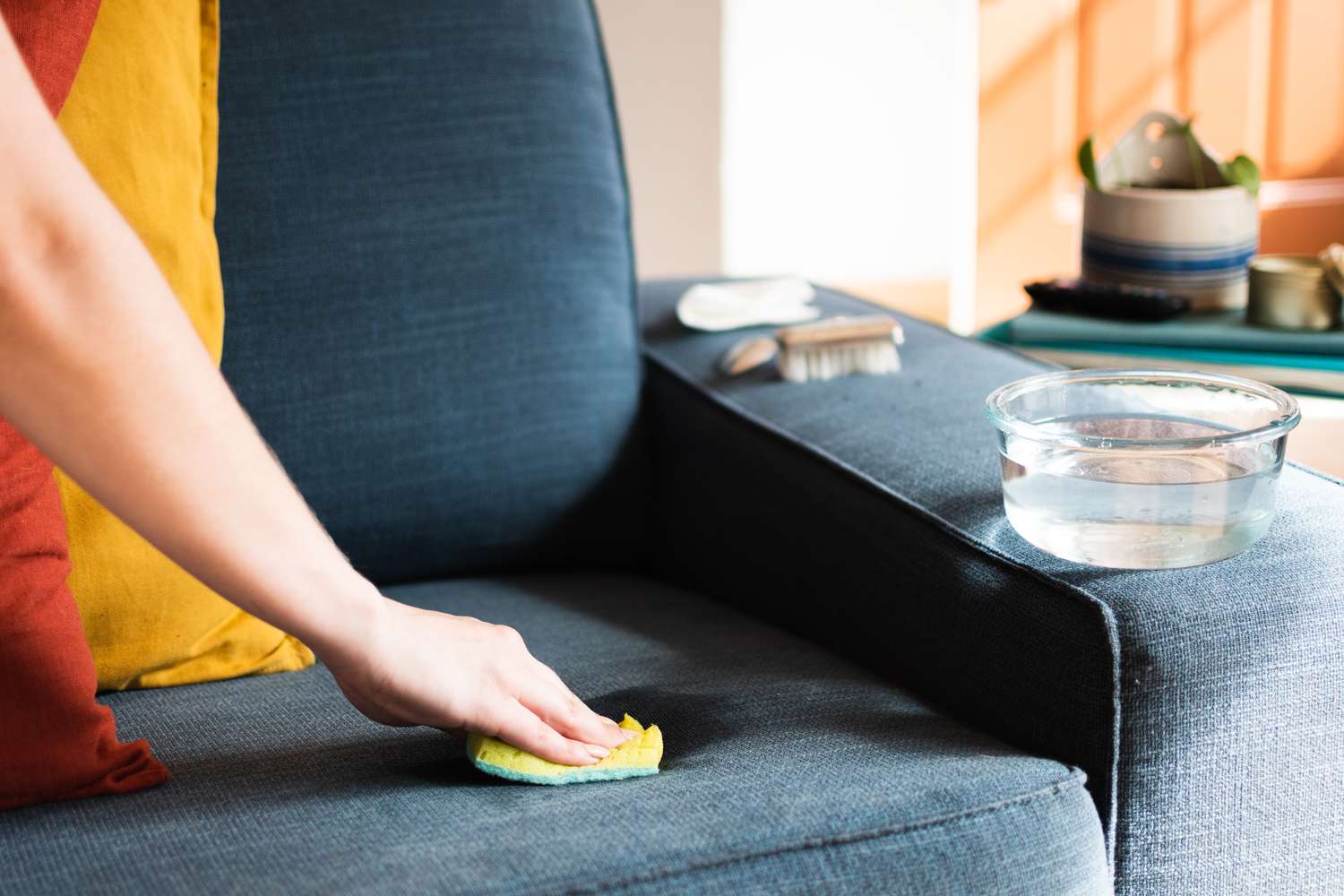

Articles
How To Clean Upholstery Furniture
Modified: January 19, 2024
Learn the best techniques for cleaning upholstery furniture and keeping it looking fresh and new. Follow our step-by-step guide to maintain your favorite furniture in top condition.
(Many of the links in this article redirect to a specific reviewed product. Your purchase of these products through affiliate links helps to generate commission for Storables.com, at no extra cost. Learn more)
Introduction
Welcome to the ultimate guide on how to clean upholstery furniture. Upholstered furniture adds comfort, style, and personality to any room. Whether it’s a plush sofa, a cozy armchair, or a luxurious ottoman, upholstery furniture requires regular cleaning to maintain its beauty and longevity. Cleaning upholstery may seem like a daunting task, but with the right knowledge and techniques, you can keep your furniture looking fresh and inviting for years to come.
Before we dive into the cleaning methods, let’s take a moment to understand the benefits of regular upholstery cleaning. Not only does it contribute to the overall aesthetics of your space, but it also promotes a healthier living environment. Over time, upholstery can accumulate dust, allergens, and stains, which can negatively impact indoor air quality and trigger allergies or other respiratory conditions.
By implementing proper cleaning routines, you can eliminate these particles and maintain a clean and hygienic living space. Additionally, regular cleaning can extend the lifespan of your upholstery furniture, saving you money in the long run. With that in mind, let’s explore the different types of upholstery furniture and the cleaning methods that work best for each.
Key Takeaways:
- Regular maintenance and proper cleaning methods are essential for maintaining the beauty, comfort, and longevity of upholstery furniture. Understanding the specific material and following manufacturer’s instructions are crucial for effective cleaning.
- Avoid common mistakes such as using harsh chemicals, over-wetting the fabric, and skipping spot testing to ensure the quality and appearance of your upholstery furniture. By implementing the right strategies and techniques, you can enjoy clean and well-maintained furniture for years to come.
Read more: What Is Upholstery Furniture
Types of Upholstery Furniture
Upholstered furniture comes in a variety of styles, materials, and designs. Each type requires specific cleaning techniques to ensure effective and safe results. Here are some common types of upholstery furniture:
- Sofas and Couches: Sofas and couches are staple pieces in living rooms and lounges. They are often made of fabric or leather upholstery. Fabric sofas come in various materials such as linen, cotton, polyester, or microfiber. Leather sofas, on the other hand, require special care and cleaning methods. It’s essential to check the manufacturer’s instructions or consult a professional before cleaning leather upholstery.
- Armchairs: Armchairs can be found in living rooms, bedrooms, or even as a statement piece in an office or study room. They are available in different shapes, sizes, and materials. The most common upholstery materials for armchairs are fabric, leather, or a combination of both.
- Ottomans and Poufs: Ottomans and poufs are versatile pieces that can be used as a footrest, an extra seating option, or even as a coffee table. They are typically upholstered in fabric or leather and can add a touch of luxury and comfort to any room.
- Dining Chairs: Dining chairs are often overlooked when it comes to upholstery cleaning. However, spills, stains, and food particles can easily accumulate on their surfaces. Dining chairs are commonly upholstered in fabric or leather. Some dining chairs have removable seat cushions, making them easier to clean.
- Recliners: Recliners are favored for their adjustable features and exceptional comfort. They are typically upholstered in fabric or leather and require regular maintenance to keep them clean and in good condition. Pay special attention to the mechanisms and controls during cleaning.
These are just a few examples of the many types of upholstery furniture available. It’s important to identify the specific type of upholstery material your furniture is made of before proceeding with the cleaning process. This will help you choose the appropriate cleaning method to avoid any damage or discoloration.
In the next section, we will discuss how to choose the right cleaning method for your upholstery furniture based on its material and condition.
Choosing the Right Cleaning Method
When it comes to cleaning upholstery furniture, one size does not fit all. Different upholstery materials require different cleaning methods to ensure proper maintenance and preservation. Here are some factors to consider when choosing the right cleaning method:
- Upholstery Material: The first step in determining the appropriate cleaning method is to identify the type of upholstery material. Common materials include fabric, leather, microfiber, velvet, or a combination of these. Each material has its own cleaning requirements, so it’s essential to refer to the manufacturer’s recommendations or consult a professional for guidance.
- Cleaning Codes: Upholstery manufacturers often assign cleaning codes to indicate the recommended cleaning methods for their products. These codes are typically found on the furniture’s label or in the manufacturer’s documentation. The most common cleaning codes are:
- W: Water-based cleaning methods are safe to use.
- S: Solvent-based cleaning methods are recommended.
- WS: Both water-based and solvent-based cleaning methods are safe to use.
- X: Professional cleaning is required.
- Stain Type: Consider the type of stain or dirt that needs to be addressed. Different stains may require specific cleaning agents or techniques. For example, water-based stains can often be removed with a mild detergent solution, while oil-based stains may require a solvent-based cleaner.
- Condition of the Furniture: Take into account the overall condition of the upholstery furniture. If it’s heavily soiled, stained, or has been neglected for an extended period, professional cleaning may be necessary to achieve optimal results. Professional cleaning services have the expertise and specialized equipment to effectively restore and clean upholstery furniture.
Remember that prevention is key when it comes to maintaining upholstery furniture. Regular vacuuming, spot cleaning, and quick action after spills or accidents can help prevent stains and dirt from setting in. However, if you’re unsure about the appropriate cleaning method or if the furniture requires deep cleaning, it’s always best to consult a professional upholstery cleaner.
In the next section, we will explore the necessary steps to prepare for cleaning your upholstery furniture.
Preparing for Cleaning
Before you begin the cleaning process for your upholstery furniture, it’s important to properly prepare the area and the furniture itself. Taking the time to prepare will ensure that you have a smooth and successful cleaning experience. Here are some steps to follow when preparing for upholstery cleaning:
- Read the Manufacturer’s Instructions: Start by checking the manufacturer’s instructions or warranty information that came with your furniture. This will provide specific cleaning guidelines and any precautions you need to take for your particular upholstery material. Adhering to these instructions will help prevent damage to the fabric or finish.
- Test for Colorfastness: Before applying any cleaning solution or method to your upholstery furniture, it’s essential to test for colorfastness. Choose an inconspicuous area, such as the back of the furniture or underneath a cushion, and apply a small amount of the cleaning solution. Blot the area gently with a clean cloth and check for any color bleeding or fading. If there are no adverse effects, you can proceed with the cleaning process.
- Remove Loose Debris: Use a vacuum cleaner with an upholstery attachment to remove loose debris, such as dust, pet hair, or crumbs, from the furniture. Pay attention to crevices, seams, and corners where dirt tends to accumulate. This step will prevent the debris from spreading or getting embedded during the cleaning process.
- Identify Stains and Problem Areas: Take note of any visible stains, spots, or problem areas on your upholstery furniture. This will help you apply targeted cleaning methods or solutions to effectively address these issues. Use a clean, white cloth to blot any fresh spills or stains gently. Avoid rubbing or scrubbing, as this can spread the stain or cause it to set further into the fabric.
- Protect the Surrounding Area: Place protective coverings or towels on the floor or nearby surfaces to catch any drips or spills during the cleaning process. This will prevent damage to your flooring or other furniture in the vicinity. It’s also a good idea to wear gloves to protect your hands and avoid any potential skin irritation from the cleaning solutions.
- Gather Cleaning Supplies: Collect all the necessary cleaning supplies before you begin. This may include mild detergent, upholstery cleaner, stain remover, a clean cloth or sponge, and a soft-bristle brush. Make sure the cleaning products you use are suitable for your specific upholstery material.
By following these preparation steps, you’ll set yourself up for a more effective and efficient upholstery cleaning experience. Now that you’re ready to get started, let’s dive into the general upholstery cleaning steps that will apply to most types of upholstery materials.
General Upholstery Cleaning Steps
While the specifics of cleaning upholstery will vary based on the material and condition of your furniture, there are general steps you can follow to clean most types of upholstery. These steps will help you achieve a thorough and effective cleaning result. Here are the general upholstery cleaning steps to follow:
- Vacuum: Begin by vacuuming the upholstery furniture using a vacuum cleaner with an upholstery attachment. This will remove loose dirt, dust, and debris, making the cleaning process more effective. Pay attention to crevices, seams, and corners where dirt tends to accumulate.
- Spot Test: Before applying any cleaning solution or method to the entire piece of furniture, perform a spot test on a small, inconspicuous area. This will ensure that the cleaning solution does not cause any discoloration or damage to the upholstery material.
- Choose a Cleaning Method: Select the appropriate cleaning method based on the upholstery material and any stains or issues you need to address. For water-safe fabrics, a gentle detergent solution or upholstery cleaner can be used. For delicate materials like silk or velvet, it’s best to consult a professional cleaner.
- Apply the Cleaning Solution: Dilute the cleaning solution according to the manufacturer’s instructions. Apply the solution to a clean, white cloth or sponge, and gently blot the stained or soiled areas. Avoid rubbing or scrubbing vigorously, as this can damage the fabric. Work in small sections and continue blotting until the stains lift or the dirt is removed.
- Remove Excess Moisture: After applying the cleaning solution, use a clean, damp cloth to remove any excess moisture from the upholstery. Blot the area gently to avoid saturating the fabric. Repeat this step until all the cleaning solution has been removed.
- Dry Thoroughly: Allow the upholstery furniture to air dry completely before using it again. Open windows or use fans to facilitate the drying process. Avoid using direct heat sources, such as hairdryers, as this can damage the fabric.
- Fluff and Brush: After the furniture has dried, use a soft-bristle brush to fluff up the fabric and restore its texture. This step is particularly important for materials like velvet or microfiber that may require brushing to maintain their softness and appearance.
Remember to always read and follow the specific cleaning instructions provided by the manufacturer for your upholstery furniture. These steps provide a general guideline, but certain materials or conditions may require additional or alternative cleaning methods.
In the next section, we will delve into specific cleaning methods for different types of upholstery materials.
Cleaning Methods for Different Upholstery Materials
When it comes to cleaning upholstery, different materials require specific cleaning methods to ensure effective and safe results. Here are cleaning methods for various types of upholstery materials:
- Fabric Upholstery: For fabric upholstery, start by vacuuming to remove any loose dirt and debris. Check the cleaning code on the manufacturer’s label. If the code is “W” or “WS” (water-based cleaning), mix a small amount of mild detergent with water to create a solution. Dampen a clean cloth or sponge with the solution, and blot the stained areas. Avoid soaking the fabric. For “S” coded fabrics (solvent-based cleaning), use a solvent-based cleaner according to the manufacturer’s instructions.
- Leather Upholstery: Leather requires special care to maintain its quality and appearance. Begin by using a soft brush or vacuum brush attachment to remove loose dirt and dust. Mix a mild solution of soap and water, dampen a clean cloth with the solution, and wipe the leather surface gently. Avoid excessive moisture. After cleaning, wipe the leather with a dry cloth to remove any residual moisture. Consider using a leather conditioner to restore and protect the leather’s natural oils.
- Microfiber Upholstery: Microfiber is a popular choice for its durability and stain-resistant properties. Start by vacuuming with an upholstery attachment to remove loose dirt and debris. For water-based stains, mix a solution of mild detergent and water. Dampen a clean cloth with the solution and blot the stained areas. For oil-based stains, use rubbing alcohol on a clean cloth and blot the stain. Allow the upholstery to air dry. Brush the microfiber fabric with a soft-bristle brush after it has dried to restore its texture.
- Velvet Upholstery: Velvet upholstery requires gentle cleaning to avoid damaging its delicate fibers. Begin by using a soft brush or vacuum brush attachment to remove surface debris and dust. Use a commercial velvet cleaner specifically designed for velvet upholstery. Apply the cleaner according to the manufacturer’s instructions, and use a soft, lint-free cloth to blot the stain gently. Allow the upholstery to air dry, and then use a soft brush to restore the velvet’s texture.
- Silk Upholstery: Silk is a delicate fabric that requires professional cleaning in most cases. Avoid using water or cleaning solutions on silk upholstery, as they can cause water spots or damage the fabric. Instead, consult a professional upholstery cleaner who specializes in silk care. They will have the expertise and knowledge to clean silk upholstery safely without compromising its quality.
It’s important to note that these methods apply to general cleaning purposes. Specific stains or difficult-to-remove substances may require additional steps or professional assistance. Always refer to the manufacturer’s instructions and cleaning codes specific to your upholstery material before proceeding with any cleaning method.
In the next section, we will discuss how to remove stains from upholstery furniture.
Vacuum your upholstery regularly to remove dirt and debris. Use a soft brush attachment to gently clean the fabric and prevent damage.
Removing Stains from Upholstery Furniture
Stains can be a common occurrence on upholstery furniture, but with the right approach, they can often be successfully removed. Prompt action and the appropriate cleaning method are key to tackling stains effectively. Here are some tips for removing common stains from upholstery furniture:
- Water-Based Stains: For stains caused by water-based substances like coffee, tea, juice, or soda, start by blotting the area with a clean cloth to absorb as much liquid as possible. Then, prepare a solution of mild detergent and water, and gently blot the stain with a clean cloth or sponge. Avoid rubbing, as it may spread the stain. Once the stain is lifted, use a clean cloth dampened with water to remove any residual detergent solution. Blot dry with a clean cloth.
- Oil-Based Stains: Oil-based stains, such as greasy food or makeup stains, should be treated differently. Start by blotting the stain with a clean cloth to absorb excess oil. Sprinkle a small amount of baking soda or cornstarch on the stain and let it sit for 15-20 minutes to absorb the oil. Then, gently brush off the powder and blot the stain with a cloth dampened with a small amount of isopropyl alcohol. Continue blotting until the stain is lifted and allow the area to air dry.
- Ink Stains: Ink stains can be challenging to remove, especially on upholstery. Blot the stain immediately with a clean cloth to absorb as much ink as possible. Avoid rubbing, as it may spread the ink. Apply a small amount of rubbing alcohol or an ink stain remover to a clean cloth and gently blot the stain. It’s essential to test the alcohol or stain remover on an inconspicuous area first to ensure it doesn’t cause any damage or discoloration. Continue blotting until the ink is lifted and then clean the area with a cloth dampened with water. Blot dry.
- Food and Beverage Stains: Stains caused by food or beverages should be treated promptly. Begin by gently scraping off any solid residue with a spoon or dull knife. Then, blot the stain with a clean cloth dampened with a mild detergent solution. Blot from the outside of the stain inward to prevent it from spreading. Rinse the area with a cloth dampened with water to remove any remaining detergent and blot dry.
- Pet Stains and Odors: For pet stains and odors, it’s essential to address both the stain and the odor-causing bacteria. Blot the stain with a clean cloth to absorb any moisture. Mix equal parts white vinegar and water and apply the solution to the stain, allowing it to sit for a few minutes. Blot the area with a clean cloth to remove the vinegar solution, and then sprinkle baking soda on the affected area. Let it sit for several hours or overnight to absorb any remaining odor. Vacuum the baking soda thoroughly the next day.
It’s important to note that these stain removal methods should be tested on an inconspicuous area first to ensure they don’t cause any damage or discoloration to the upholstery material. Additionally, some stubborn stains or delicate fabrics may require professional cleaning assistance to achieve the best results.
In the next section, we will explore how to deal with pet hair and odor on upholstery furniture.
Dealing with Pet Hair and Odor
Pets bring joy and companionship to our lives, but they can also leave behind pet hair and odors on our upholstery furniture. Here are some effective tips for dealing with pet hair and odor:
- Using a Lint Roller or Sticky Tape: One of the simplest ways to remove pet hair from upholstery is by using a lint roller or sticky tape. Roll the lint roller or wrap the sticky tape around your hand, sticky side out, and press it onto the upholstery surface. The pet hair will stick to the adhesive, making it easy to remove.
- Vacuuming with Upholstery Attachment: A vacuum cleaner with an upholstery attachment is a powerful tool for removing pet hair from upholstery. Attach the upholstery tool and run it across the surface, paying special attention to crevices, seams, and corners where pet hair tends to accumulate. The vacuum will help lift and suction away the pet hair from the upholstery.
- Using a Damp Rubber Glove: Put on a damp rubber glove and run your hand over the upholstery surface. The dampness and rubber texture will attract and collect pet hair. Rinse the glove frequently to remove the collected hair and continue until most of the hair is removed.
- Lint Brush or Pet Hair Remover: Invest in a lint brush or pet hair remover specifically designed for upholstery. These tools have bristles or materials that effectively attract and gather pet hair, allowing you to easily remove it from the furniture.
- Neutralizing Odors: To combat pet odors on upholstery, start by sprinkling baking soda on the affected areas. Let it sit for a few hours or overnight to absorb the odors. Then, vacuum the baking soda thoroughly. You can also spray a mixture of equal parts water and white vinegar onto the upholstery, as vinegar helps neutralize odors. However, it’s important to test the vinegar solution on an inconspicuous area first to ensure it doesn’t cause any discoloration.
- Using Odor-Neutralizing Sprays: There are commercial odor-neutralizing sprays available specifically designed for pet odors. These sprays help eliminate unpleasant smells by neutralizing the odor molecules rather than masking them. Follow the instructions on the product, ensuring it’s safe for your upholstery material, and lightly spray the affected areas. Allow the upholstery to air dry.
- Professional Cleaning: If pet hair and odors persist despite your efforts, consider seeking professional cleaning services. Professional upholstery cleaners have specialized equipment and techniques to deep clean and eliminate pet hair and odors effectively. They can restore your upholstery furniture to a fresh and clean state.
Regular maintenance is key to managing pet hair and odors on upholstery. Regularly vacuuming, brushing, and using preventive measures such as pet blankets or covers can help minimize the accumulation of pet hair and reduce odors. Also, don’t forget to give your pets regular baths and groom them to control shedding.
By following these tips and incorporating them into your cleaning routine, you can effectively manage pet hair and odors on your upholstery furniture.
In the next section, we will provide some helpful tips for maintaining upholstery furniture to keep it looking its best.
Tips for Maintaining Upholstery Furniture
Maintaining upholstery furniture is essential to preserve its appearance, prolong its lifespan, and ensure its longevity. By implementing a few simple tips and practices, you can keep your upholstery furniture looking beautiful and in top condition. Here are some tips for maintaining upholstery furniture:
- Regular Vacuuming: Vacuum your upholstery furniture on a weekly basis to remove loose dirt, dust, and debris. Use a vacuum cleaner with an upholstery attachment or a handheld vacuum with a brush attachment. Pay attention to crevices, seams, and corners where dirt tends to accumulate.
- Rotate Cushions: Rotate and flip your cushions regularly to distribute wear and tear evenly. This will help prevent one side from becoming more worn than the others. It also helps maintain the shape and comfort of the cushions.
- Avoid Direct Sunlight: Position your upholstery furniture away from direct sunlight, as prolonged exposure to sunlight can cause the fabric to fade or discolor. Use curtains, blinds, or window films to filter or block the sun’s rays and protect your furniture.
- Protect from Spills: Take preventive measures to protect your upholstery furniture from spills and stains. Use slipcovers, throws, or protective fabric treatments to provide an extra layer of protection against accidental spills. Promptly clean up any spills to prevent them from setting and causing permanent stains.
- Avoid Sharp Objects: Keep sharp objects away from your upholstery furniture to prevent accidental tears or scratches. Be cautious when placing items with sharp edges or metal accessories on the furniture, as these can cause damage to the upholstery material.
- Professional Cleaning: Consider professional upholstery cleaning every 1-2 years, especially for heavily used or soiled furniture. Professional cleaners have the knowledge, expertise, and specialized equipment to deep clean and revitalize your upholstery, removing deep-seated dirt and stains effectively.
- Follow Manufacturer’s Instructions: Always refer to the manufacturer’s care instructions and recommendations specific to your upholstery furniture. Follow any cleaning codes, recommended cleaning methods, or maintenance guidelines provided by the manufacturer to ensure you’re taking proper care of your furniture.
- Address Stains Promptly: Act quickly when spills or stains occur on your upholstery furniture. Blot the stain with a clean cloth or paper towel to absorb as much of the liquid as possible, then follow the appropriate stain removal method for your upholstery material. The sooner you address a stain, the better chance you have of removing it successfully.
By incorporating these maintenance tips into your routine, you can keep your upholstery furniture looking fresh and well-maintained for years to come. Regular care and attention will contribute to the longevity and beauty of your furniture.
In the next section, we will highlight some common mistakes to avoid when cleaning upholstery furniture.
Read more: How To Clean Outdoor Furniture
Common Mistakes to Avoid
While cleaning upholstery furniture, it’s important to be aware of common mistakes that can potentially damage the fabric or hinder the effectiveness of the cleaning process. Avoiding these mistakes will help you maintain the quality and appearance of your upholstery furniture. Here are some common mistakes to avoid:
- Using Harsh Cleaning Products: Avoid using harsh cleaning products, such as bleach, ammonia, or strong solvents, on your upholstery furniture. These products can cause discoloration, fabric damage, or weaken the fibers.
- Skipping Spot Testing: Not performing a spot test on an inconspicuous area before applying any cleaning solution or method is a mistake. Spot testing helps identify any adverse reactions or color bleeding that may occur. Always test the cleaning solution on a hidden area of the upholstery to ensure it’s safe to use.
- Scrubbing or Rubbing Vigorously: Scrubbing or rubbing vigorously can damage the upholstery fabric or cause the stain to spread. Instead, gently blot or dab the stained area with a clean cloth or sponge to absorb the stain. This method is more effective and less likely to cause damage.
- Over-Wetting the Fabric: Over-wetting the upholstery fabric can lead to long drying times, water damage, or even the growth of mold or mildew. Be cautious not to saturate the fabric when applying cleaning solutions or spot cleaning. Blot excess moisture with a clean cloth and allow the furniture to air dry thoroughly.
- Using Excessive Heat: Avoid using excessive heat sources, such as hairdryers or ironing, to dry or speed up the drying process of your upholstery furniture. High heat can damage certain fabric types and cause shrinkage or deformation. Opt for natural air drying methods instead.
- Not Following Manufacturer’s Instructions: Ignoring or disregarding the manufacturer’s instructions is a common mistake. Each upholstery material may have specific cleaning codes, recommended cleaning methods, or maintenance guidelines. Following these instructions will ensure proper care and prevent any unintended damage to your furniture.
- Using Abrasive Tools or Harsh Brushes: Avoid using abrasive tools, stiff brushes, or harsh scrubbing pads on your upholstery furniture. These can damage the fabric, leave scratches, or cause fraying. Opt for soft-bristle brushes or gentle cleaning tools that are suitable for your upholstery material.
- Delaying Stain Removal: Allowing stains to sit on your upholstery furniture for a long period can make them more difficult to remove. Promptly address stains by blotting them with a clean cloth and following the appropriate stain removal method. The sooner you act, the better chance you have of completely removing the stain.
By avoiding these common mistakes and taking a cautious approach when cleaning your upholstery furniture, you can ensure that you maintain its quality, appearance, and longevity.
Now that you are aware of the mistakes to avoid, let’s conclude this guide in the final section.
Conclusion
Cleaning upholstery furniture is an essential part of maintaining its beauty, comfort, and durability. By following the right cleaning methods and incorporating regular maintenance practices, you can keep your furniture looking fresh, inviting, and in top condition for years to come.
Remember to consider the specific upholstery material and any cleaning codes provided by the manufacturer when choosing the appropriate cleaning method. Performing spot tests, avoiding harsh chemicals, and using gentle techniques will help prevent damage to the fabric.
Preparation is key before diving into the cleaning process. Removing loose debris, identifying stains, and gathering the necessary cleaning supplies will make the process more efficient and effective.
General upholstery cleaning steps, such as vacuuming, applying the appropriate cleaning solutions, and proper drying techniques, will ensure a thorough clean. Additionally, understanding how to remove different types of stains, deal with pet hair and odors, and following maintenance tips will help keep your upholstery furniture in excellent condition.
Avoid common mistakes, such as over-wetting the fabric, using abrasive tools, or skipping spot testing. Additionally, always refer to the manufacturer’s instructions and recommendations for your specific furniture.
By implementing these strategies and techniques, you can enjoy clean and well-maintained upholstery furniture that adds comfort, style, and charm to your living spaces.
So go ahead, give your upholstery furniture the care it deserves, and relish in the comfort and beauty it brings to your home.
Frequently Asked Questions about How To Clean Upholstery Furniture
Was this page helpful?
At Storables.com, we guarantee accurate and reliable information. Our content, validated by Expert Board Contributors, is crafted following stringent Editorial Policies. We're committed to providing you with well-researched, expert-backed insights for all your informational needs.
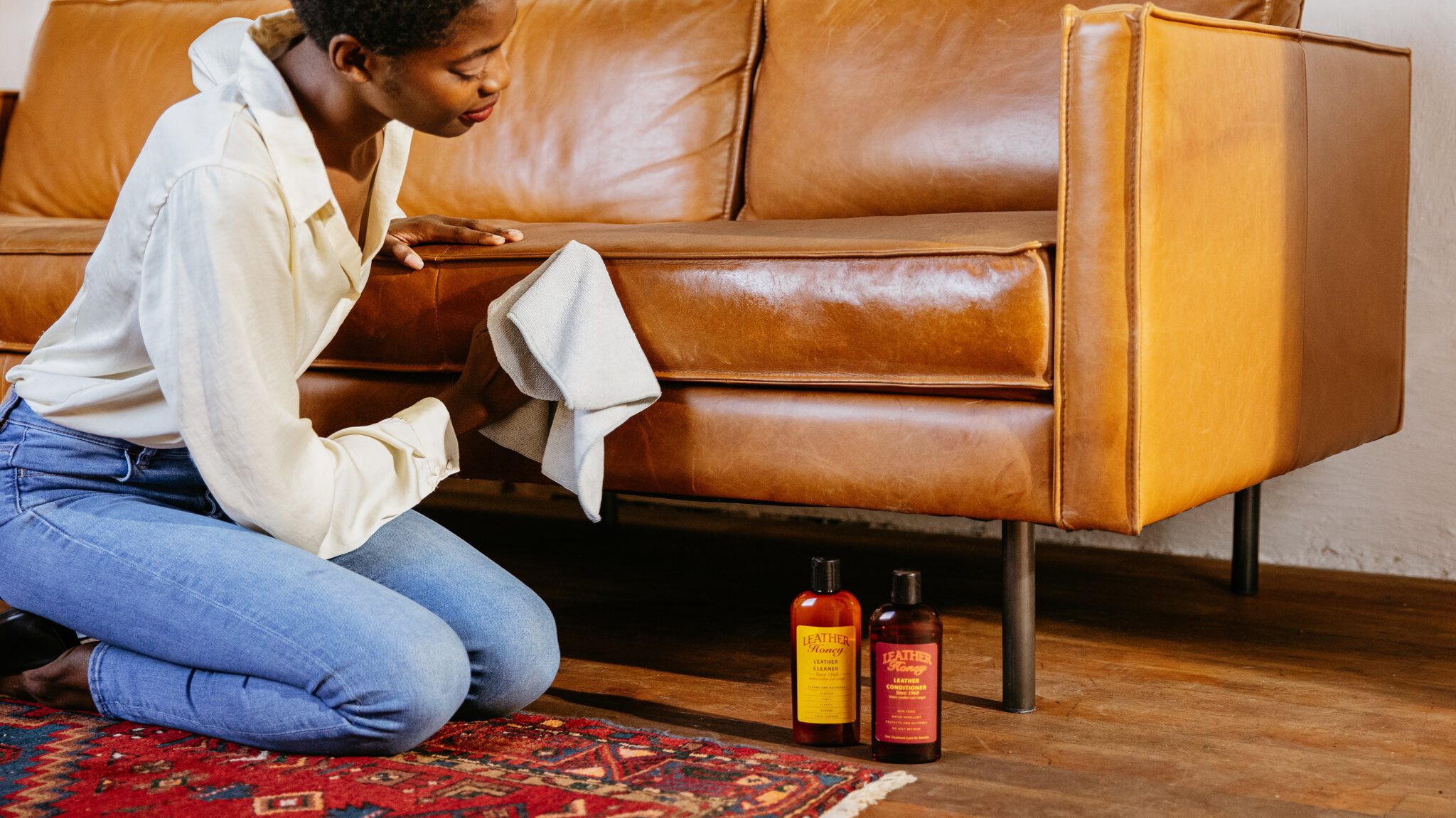
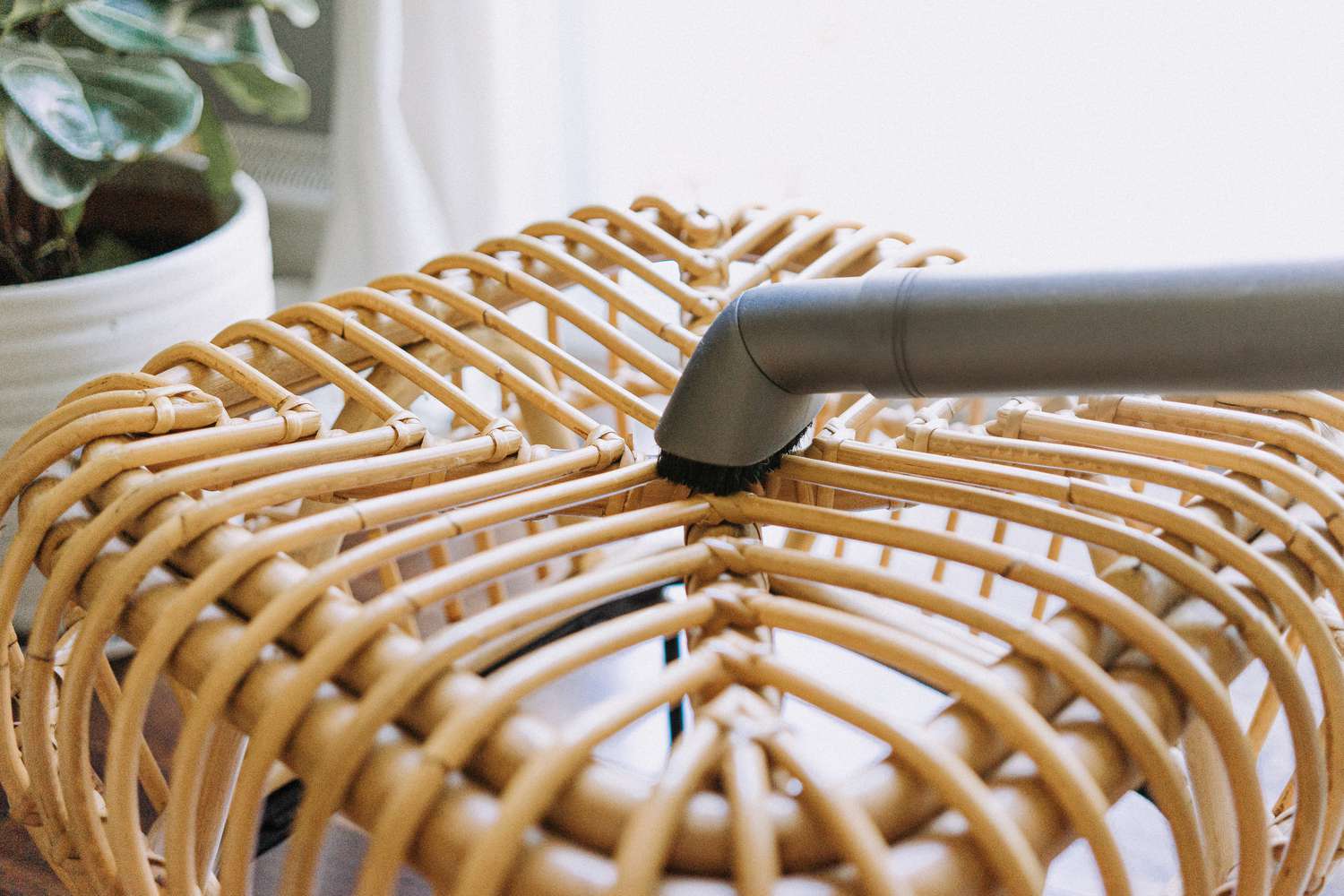
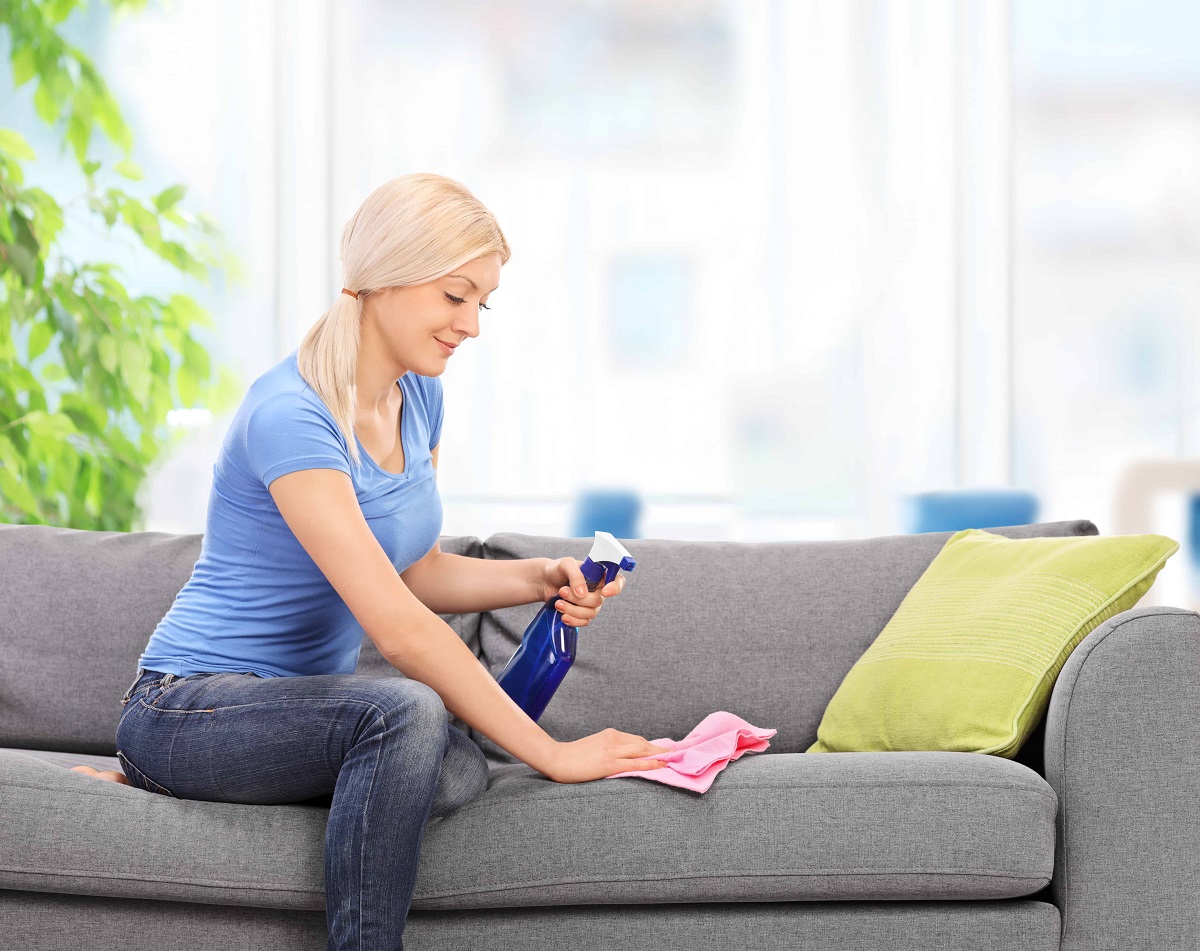
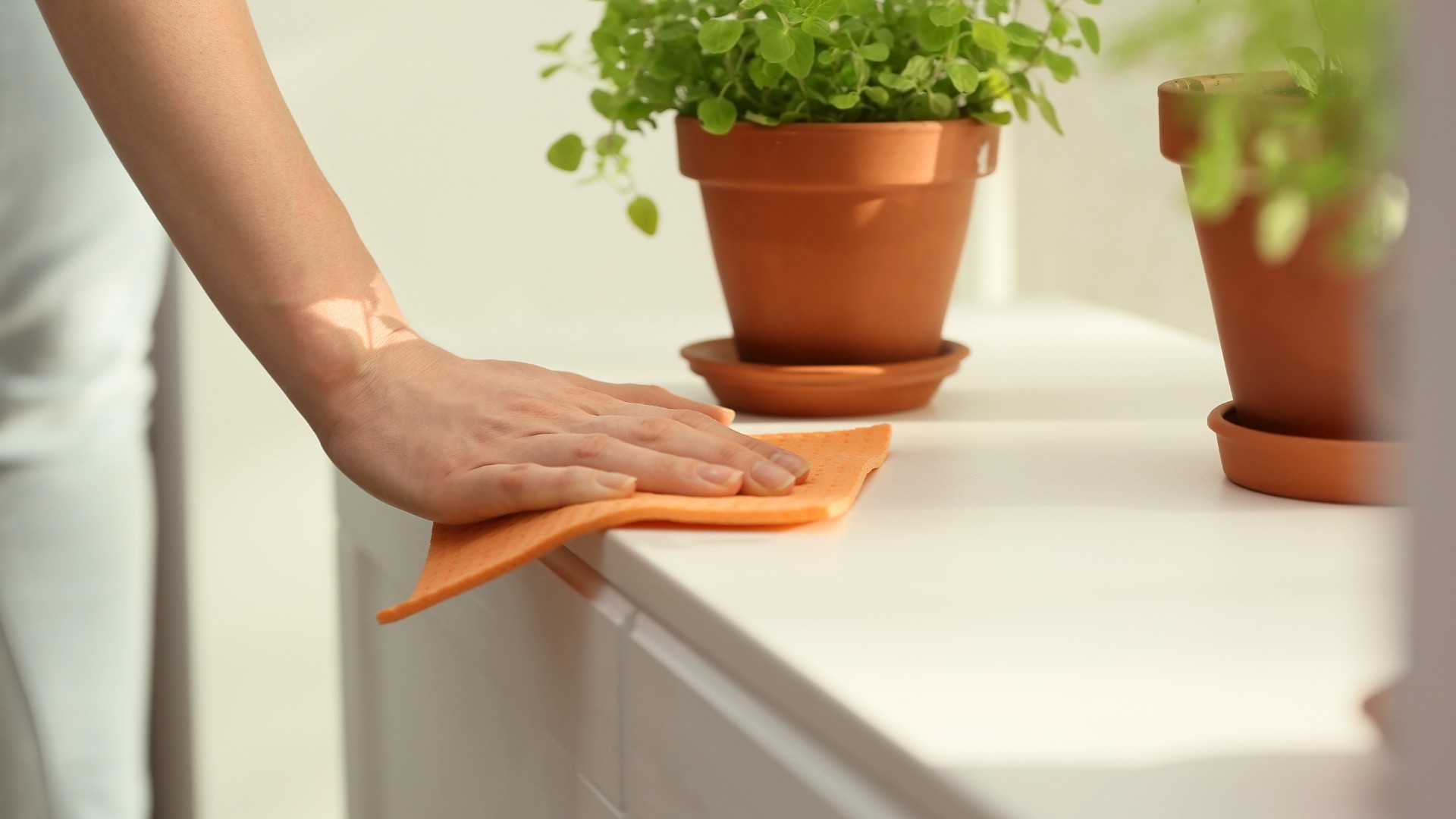
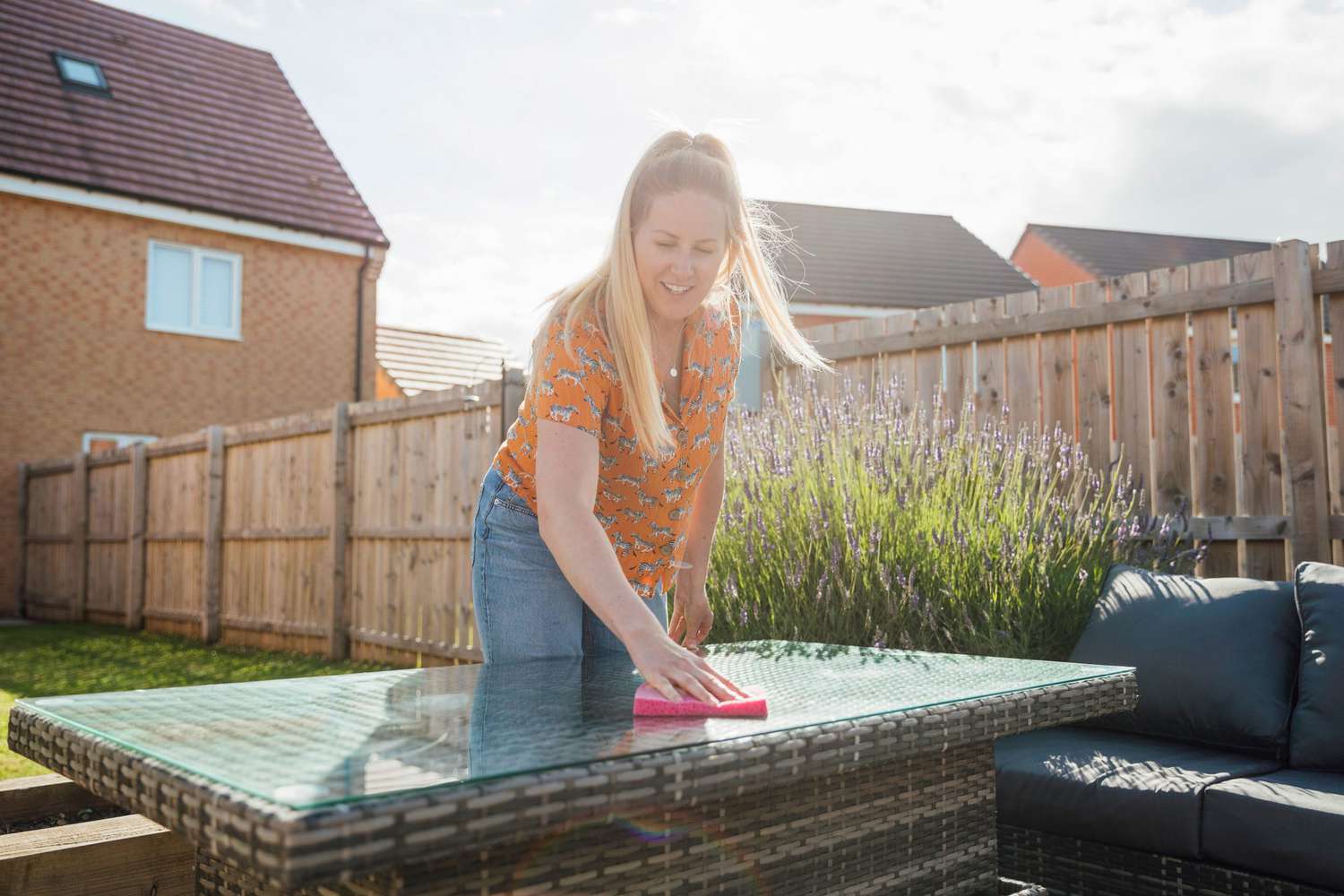
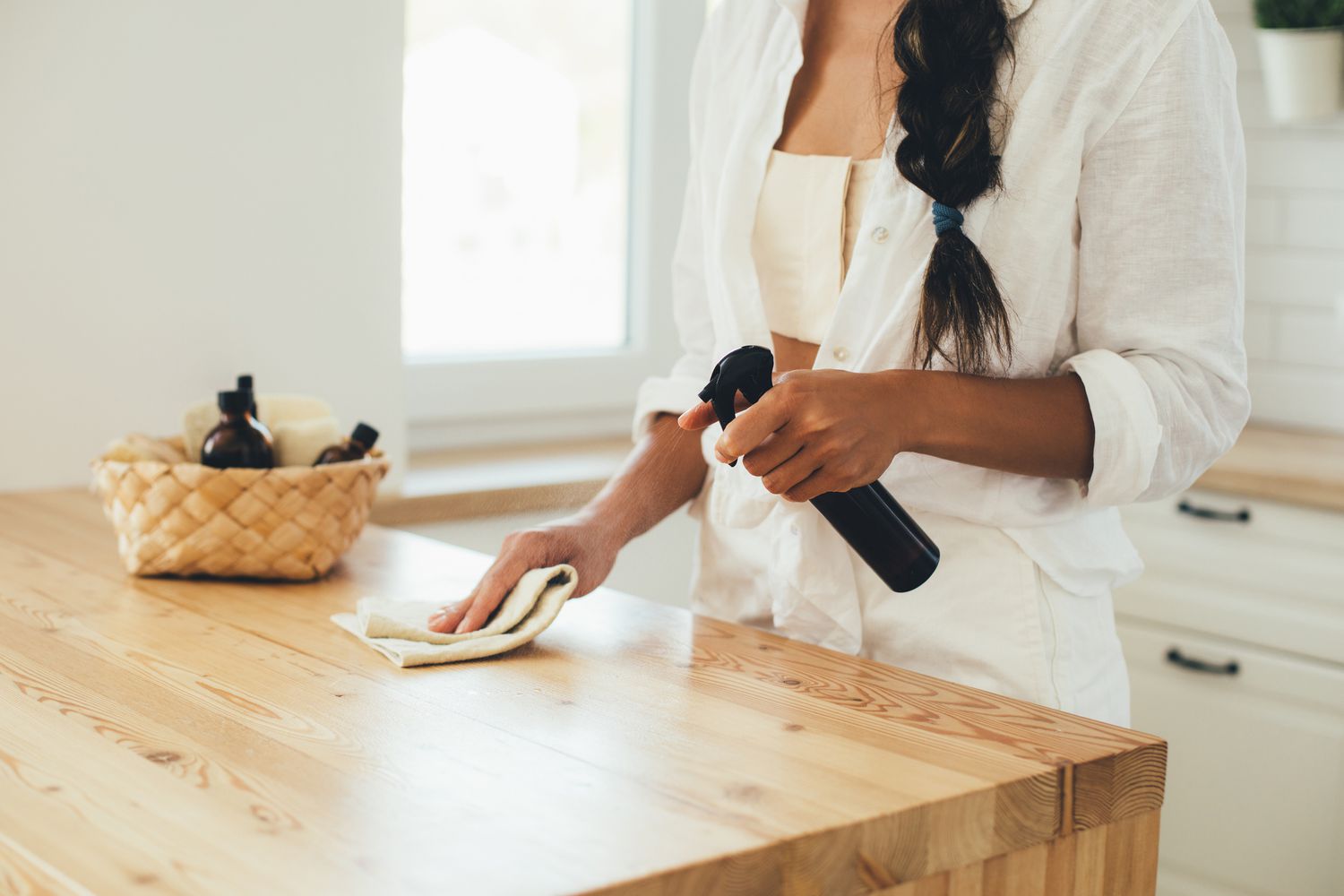
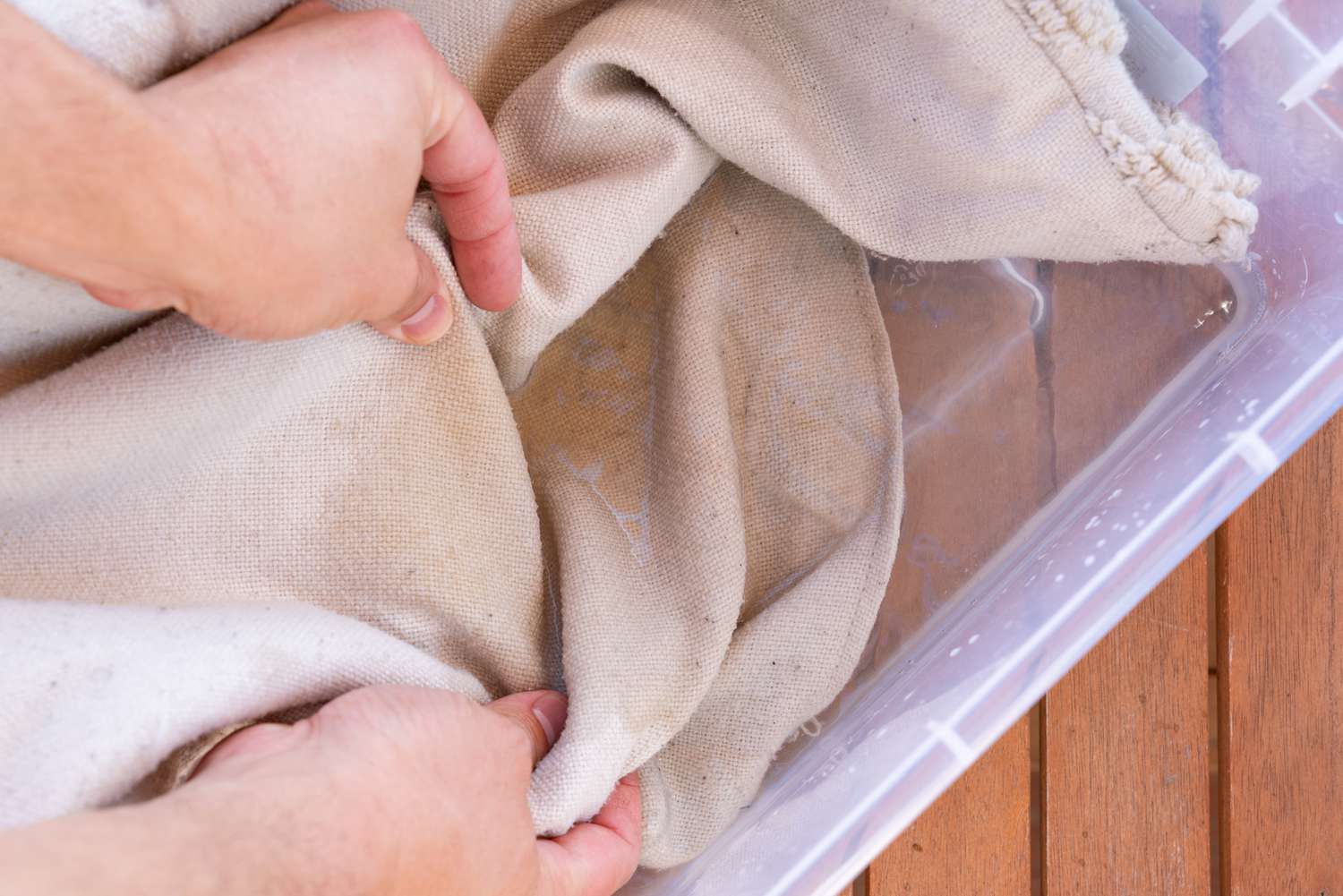
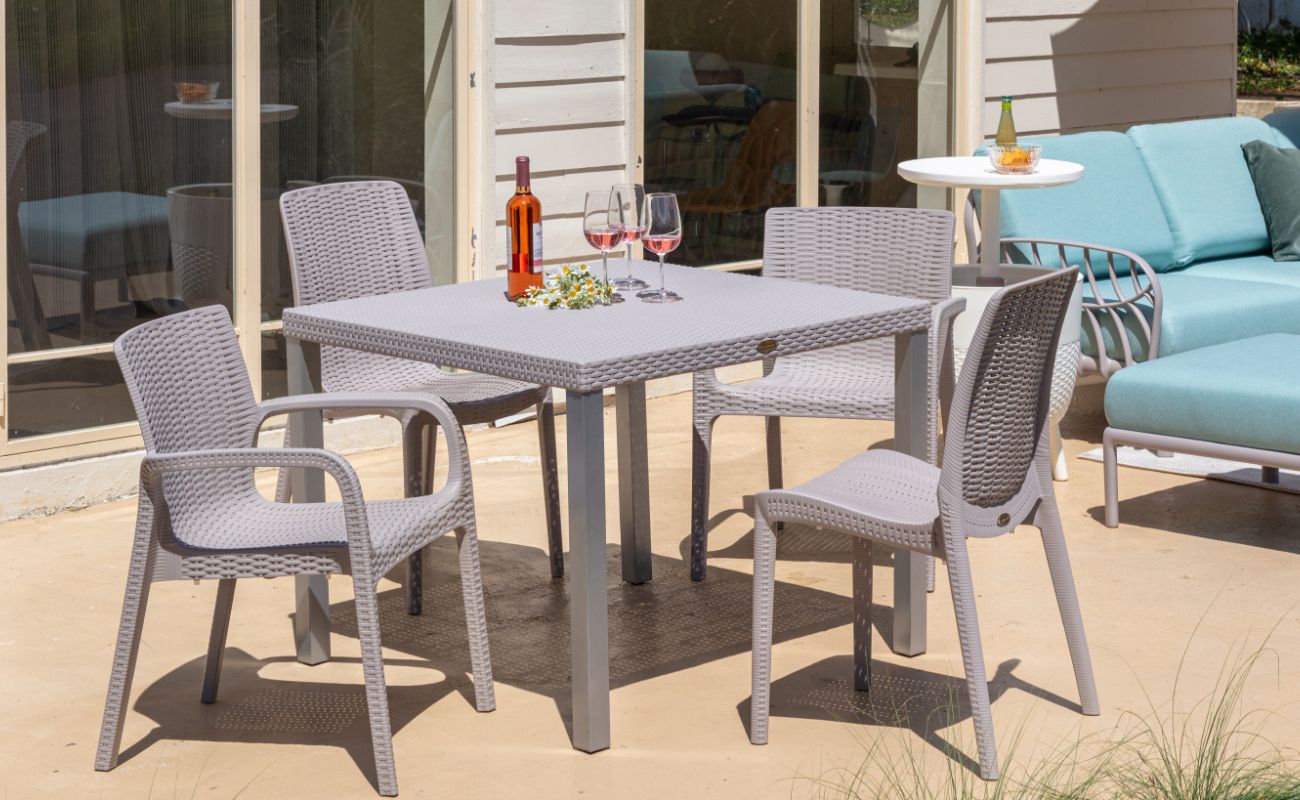
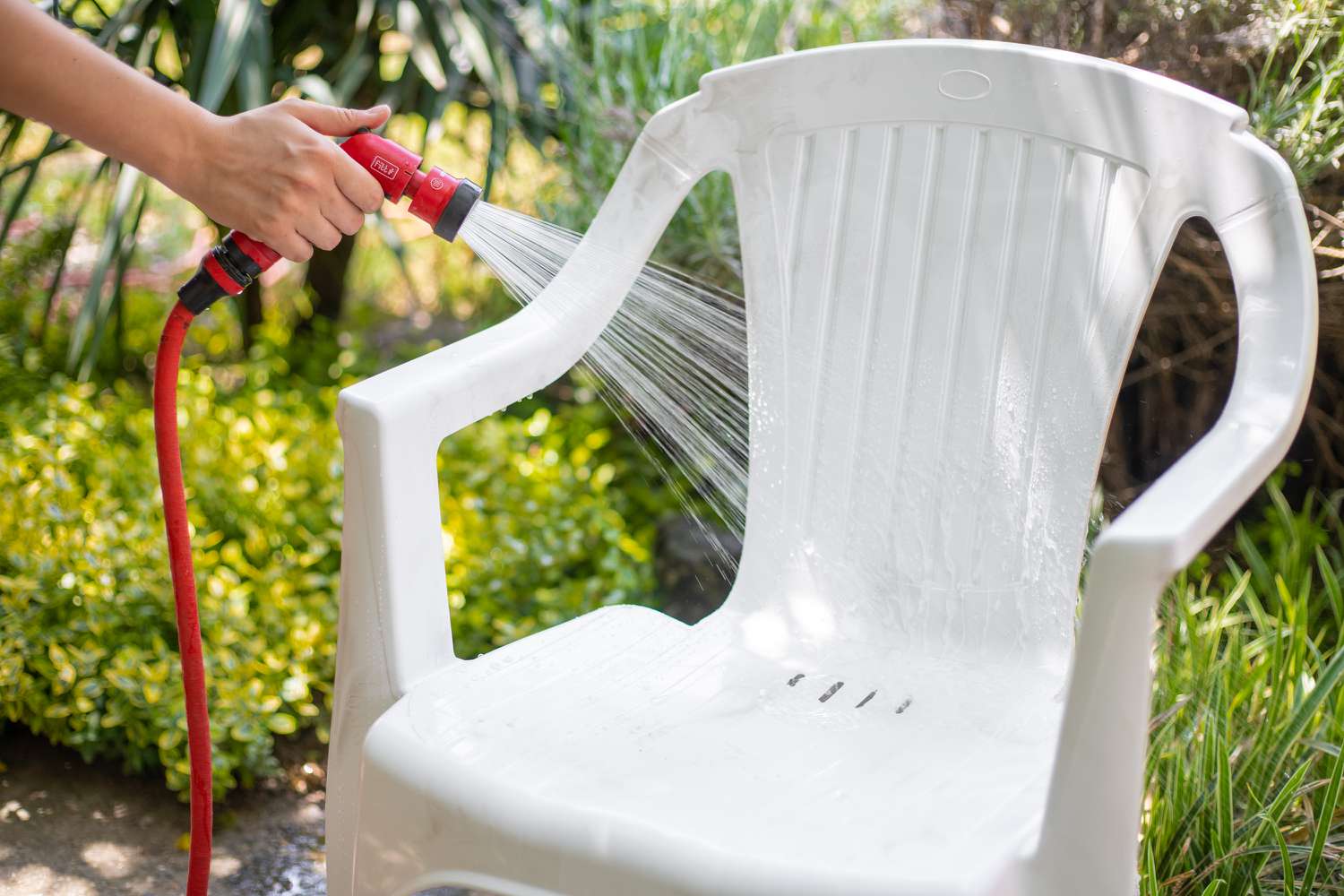
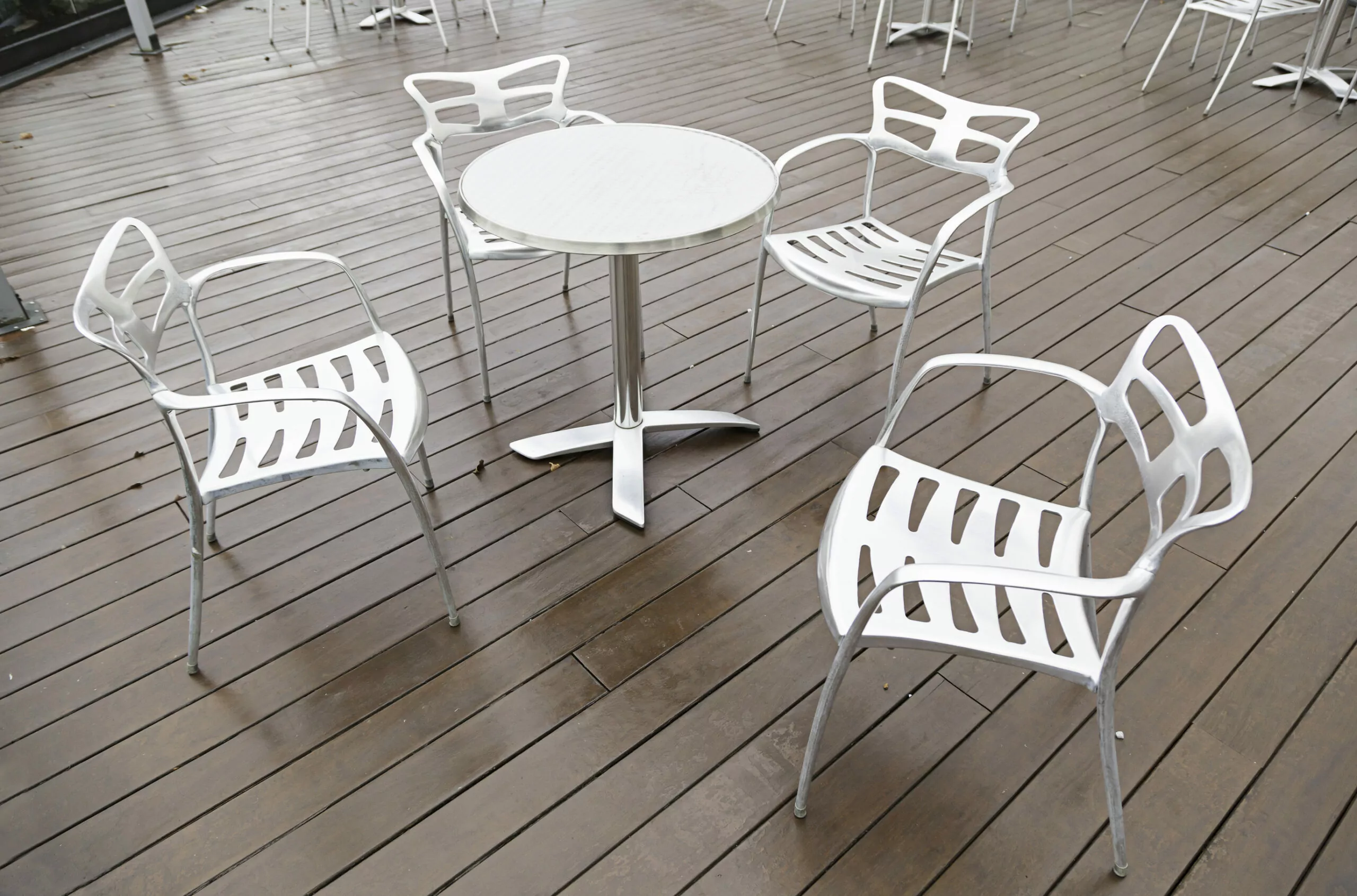
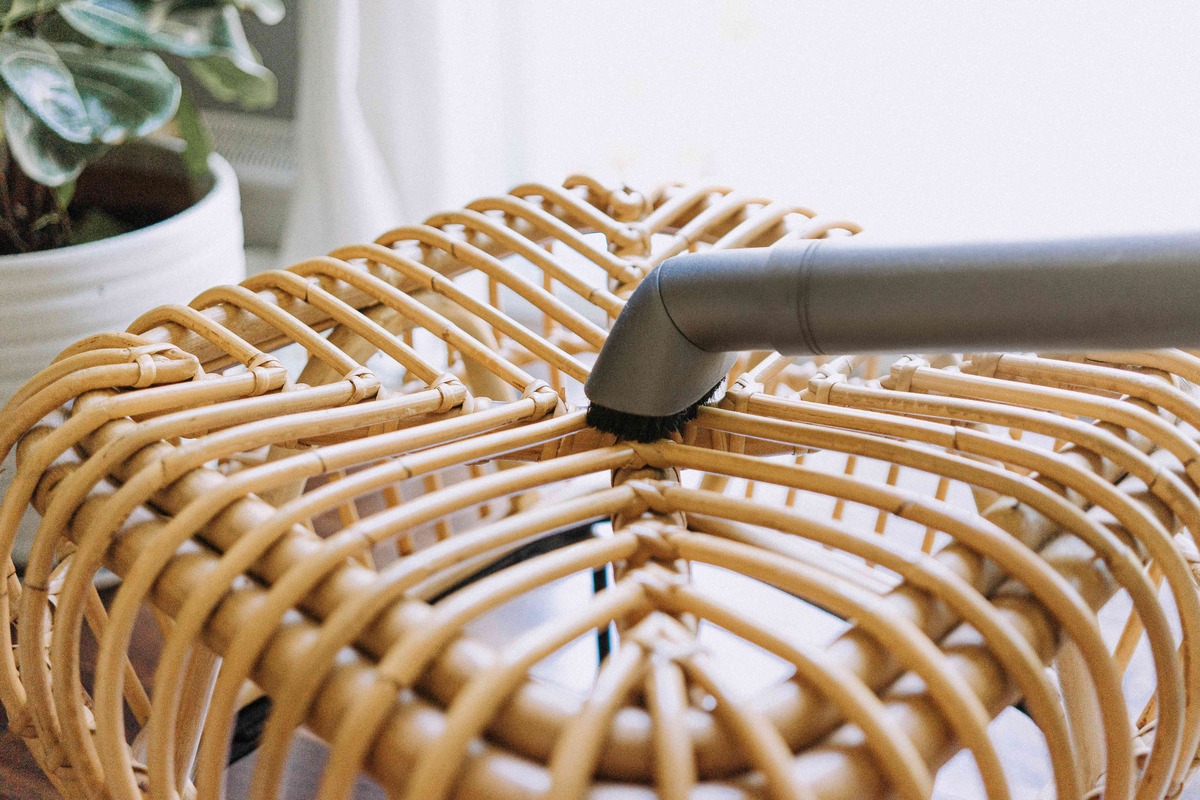
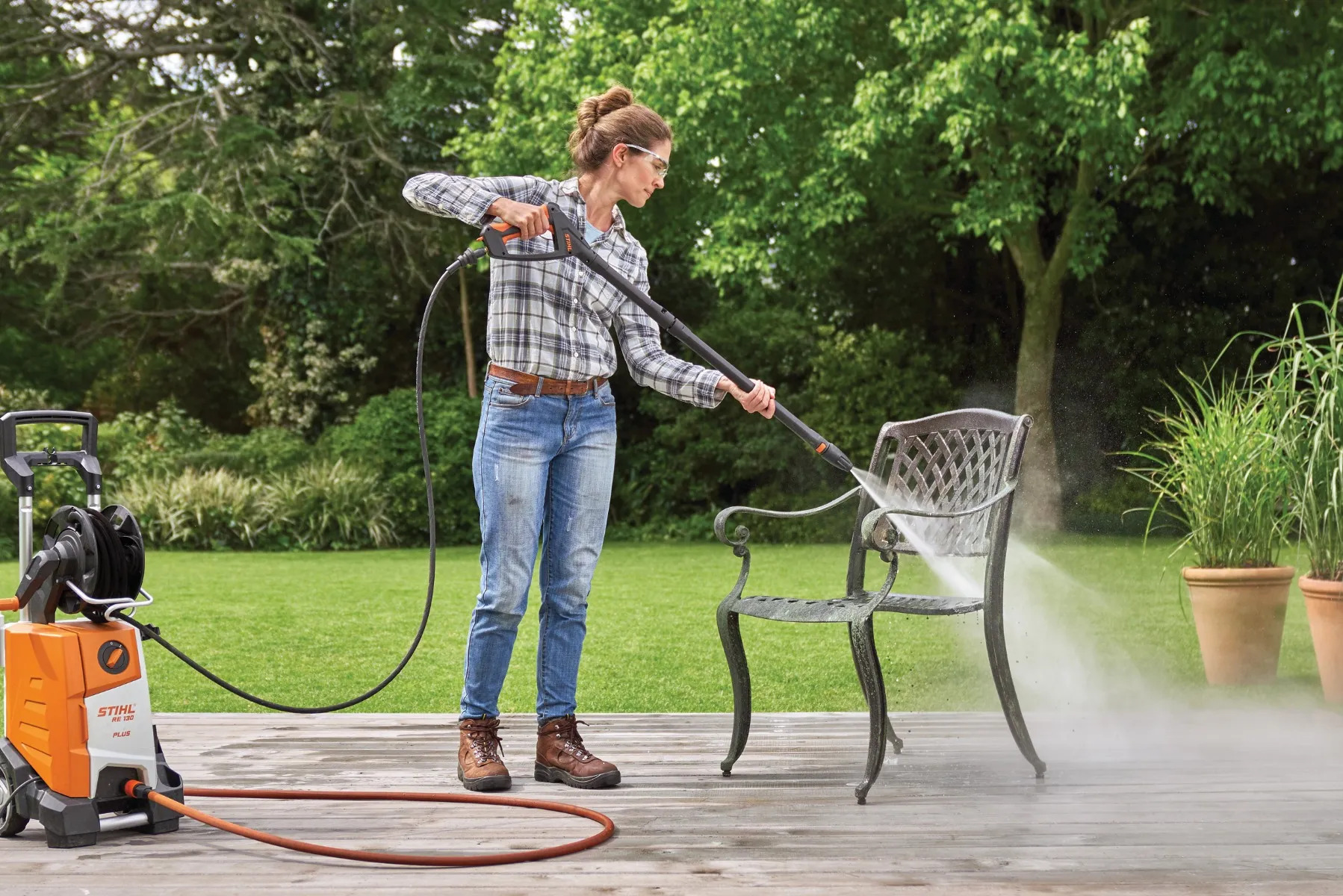
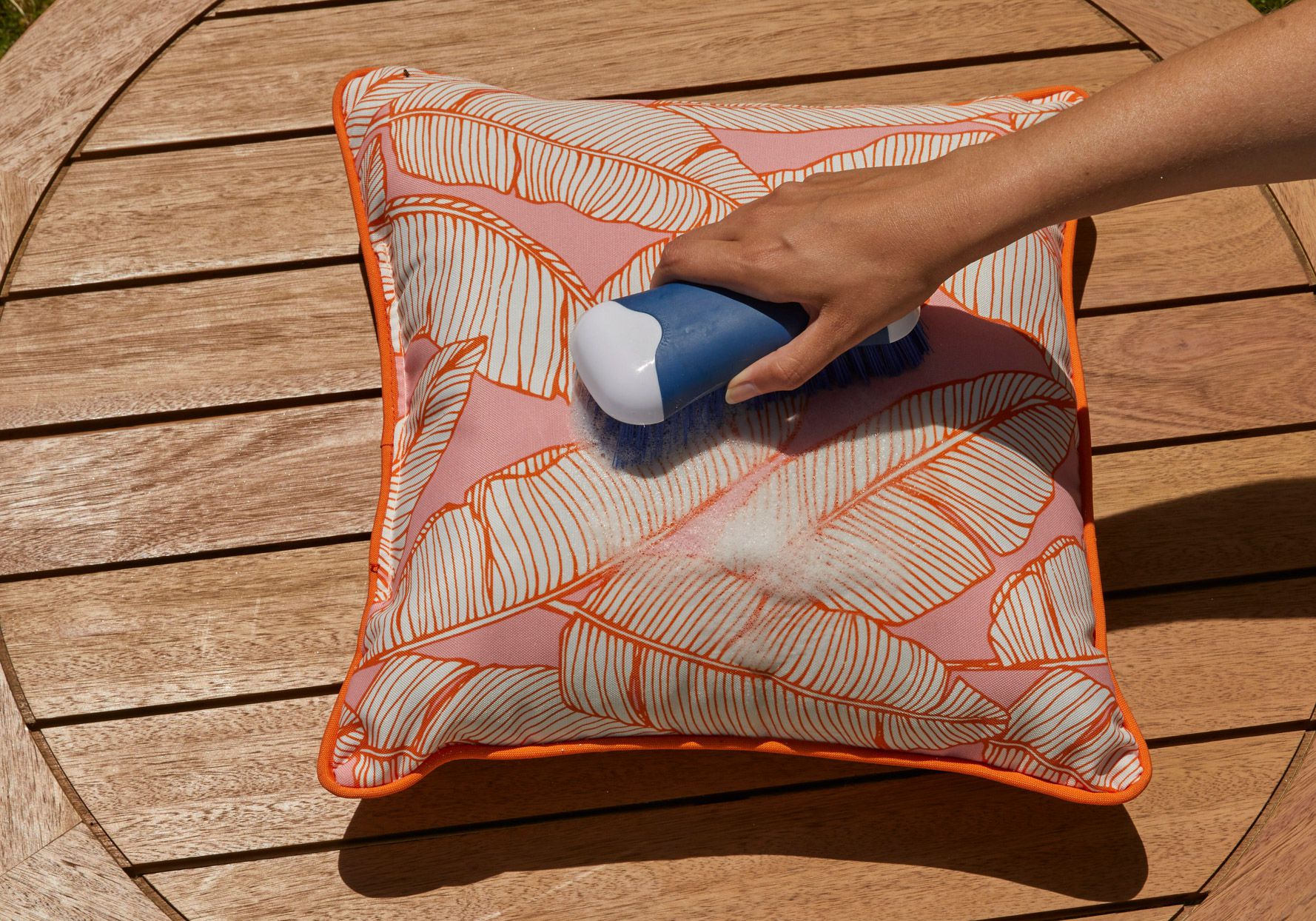

0 thoughts on “How To Clean Upholstery Furniture”